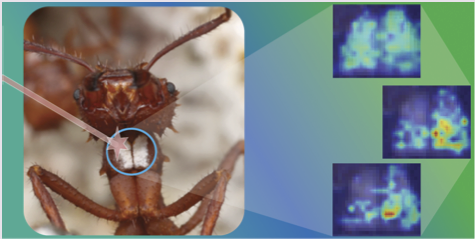Chemists have developed an electrochemiluminescent sensor for the detection of Zika virus RNA. Read more to learn how this sensor compares to existing technologies!
FRET-based screening to identify therapeutics for heart disease
Scientists have developed a clever time-resolved FRET screening method to identify drug candidates for the prevention of heart failure.
Linking bacteria and electrodes through DNA hybridization
The development of microbe-based, “green” fuel cells is hampered by unreliable methods for bacterial growth on conductive surfaces. Researchers are now one step closer to a strategy for coverage using DNA-based targeting!
Blood-based spectroscopy for age determination
Researchers have expanded the forensic analytical chemistry toolkit to include a model for Raman spectroscopy identification of blood donor age.
Peptide-based ON-OFF switches for cancer therapeutics
Researchers have designed a reversible prodrug delivery system using pH sensitive peptide sequences.
Hope in sight: A new drug treatment system to combat hereditary retinal degeneration
Hereditary retinal degeneration destroys rod and cone cells in the eye, slowly blinding those who suffer from this disorder. Researchers have developed of one of the first therapeutic systems designed to combat the devastating effects of retinal degeneration — read today’s Chembite to learn more!
How Crabs Feel the Pinch: Chemicals Involved in Crab Risk Perception
Researchers dive into the problem of analyzing marine predator-prey interactions on a molecular level. Through a combination of NMR and MS, these scientists identify two chemicals that alert mud crabs to the threat of a mighty adversary: the blue crab.
Circular Permutation for Protein Parceling
Altering the sequence of protein cages allows diversification of function and could make these protein delivery “capsules” customizable for different cargo types.
DNA-Templated Nanomaterials for Live Cell Imaging
Researchers have developed a library-based approach to create DNA-templated carbon dot structures for biological imaging applications.
3D Mass Spectrometry to Discover Novel ANTibiotics
Researchers have developed a novel technique to perform mass spectrometry “imaging” of 3D objects. This method is used to identify novel natural products on whole ants when exposed to a pathogen.










